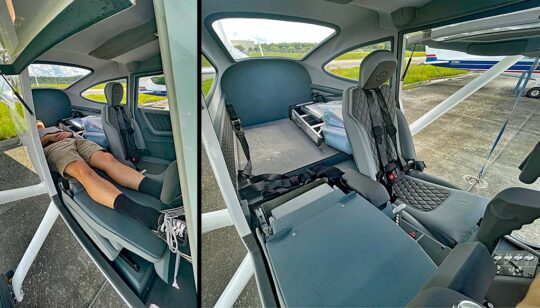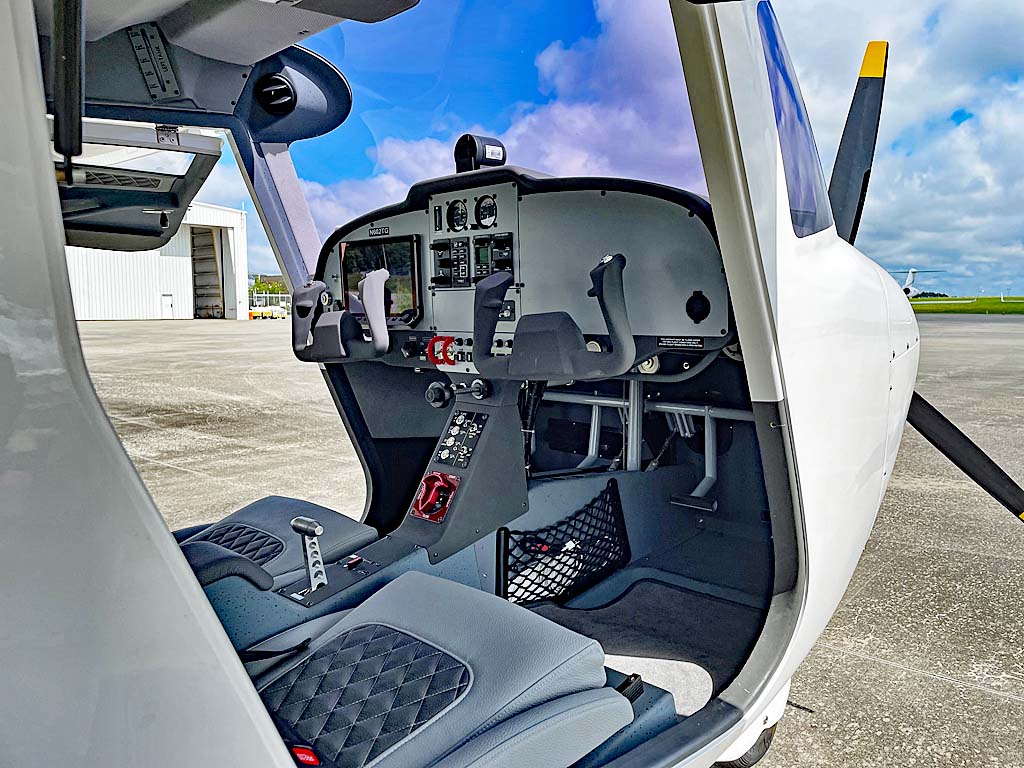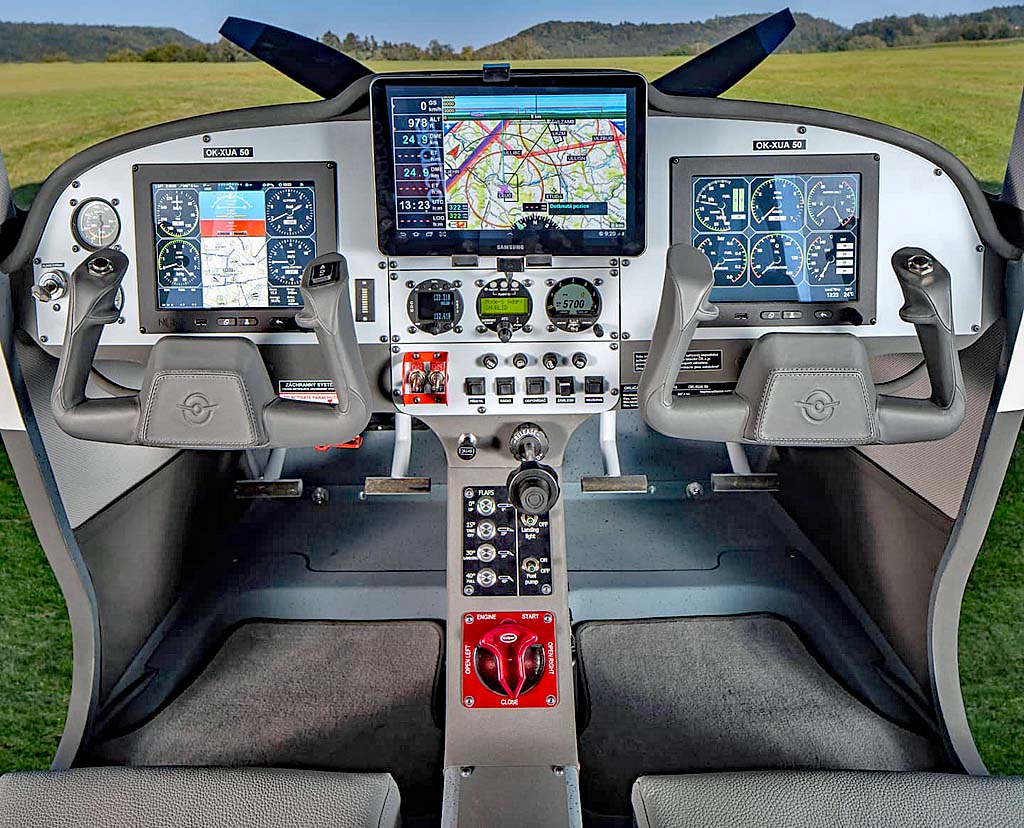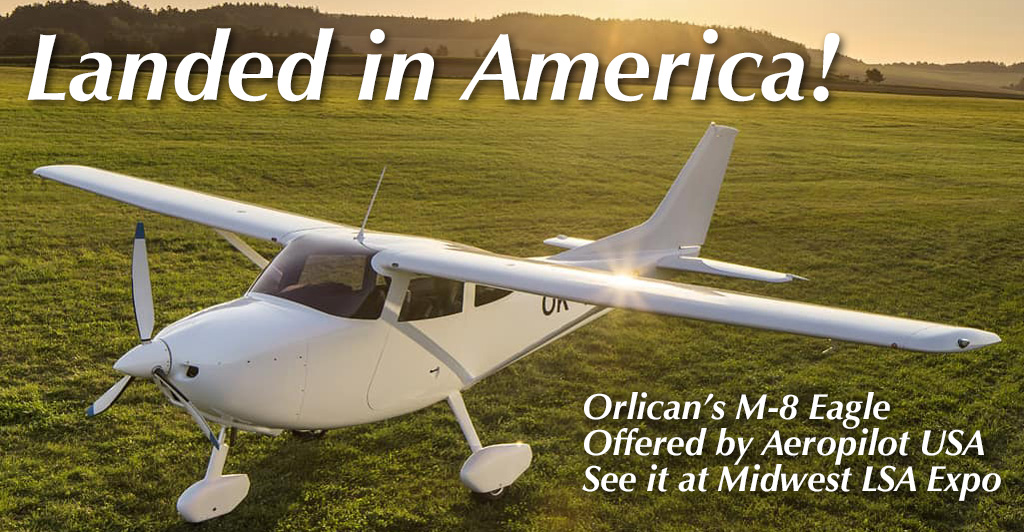
Fifty three years ago this month, Neil Armstrong made history when he declared first, “The Eagle has landed.” His words described a momentous occasion: humans about to set foot on the moon. Orlican can’t claim such high ground but through two years of Covid dislocations, the Czech Republic developer finished their second-generation LSA and the first one in the U.S. was delivered to its first customer, a flight school. Longtime LSA importer and reseller, Deon Lombard has been waiting as supply lines snarled and shipments were delayed. However, the European manufacturer persevered and the new model has crossed the Atlantic. Orlican’s Eagle has landed! A New L600 In case Covid (understandably) fogged your brain, Orlican’s Eagle is a follow-on design. Americans and others have seen a very similar look before. It started with L600, which Deon has been selling in the U.S. for several years. Why the name “Legend?” Look at the design.


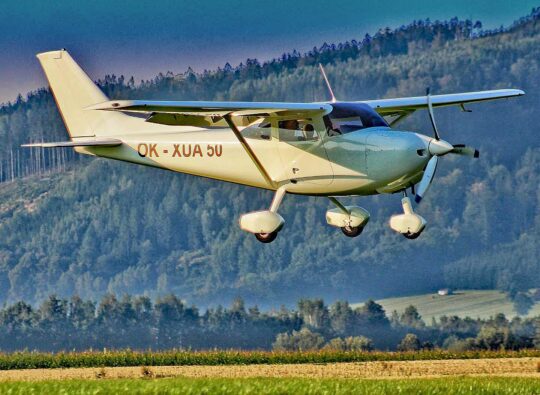 Orlican can't claim such high ground but through two years of Covid dislocations, the Czech Republic developer finished their second-generation LSA and the first one in the U.S. was delivered to its first customer, a flight school.
Longtime LSA importer and reseller,
Orlican can't claim such high ground but through two years of Covid dislocations, the Czech Republic developer finished their second-generation LSA and the first one in the U.S. was delivered to its first customer, a flight school.
Longtime LSA importer and reseller, 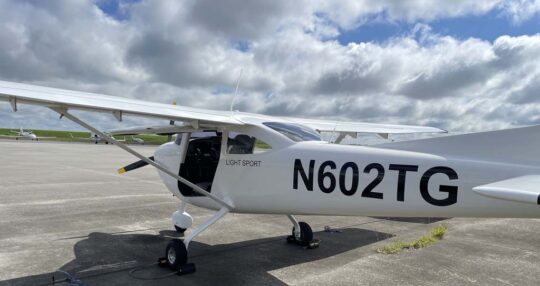 Look at the design. What popular model of aircraft does it resemble? If you guessed Cessna 182 Skylane, you are remarkably observant. Indeed, this model was created as an 80% scale imitation of Cessna's popular four seater, just with two seats and built of composite rather than metal.
Since I have flown both the Cessna 182 and the L600, I’ll say it simply. Skylane 182 carries a lot more weight and it flies like it. Cruising is smooth but in maneuvers or during takeoff and landings, a C-182 feels like driving an oversized pickup truck. It has power but the handling is heavy, not agile.
L600 was completely different. Here's
Look at the design. What popular model of aircraft does it resemble? If you guessed Cessna 182 Skylane, you are remarkably observant. Indeed, this model was created as an 80% scale imitation of Cessna's popular four seater, just with two seats and built of composite rather than metal.
Since I have flown both the Cessna 182 and the L600, I’ll say it simply. Skylane 182 carries a lot more weight and it flies like it. Cruising is smooth but in maneuvers or during takeoff and landings, a C-182 feels like driving an oversized pickup truck. It has power but the handling is heavy, not agile.
L600 was completely different. Here's 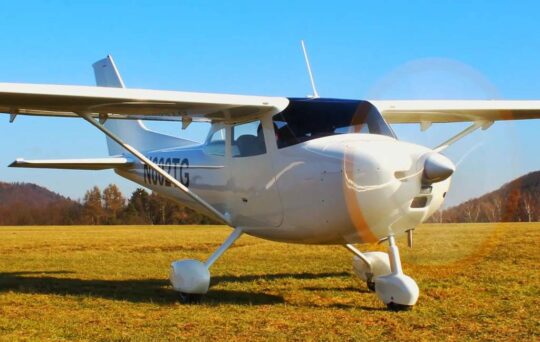 Then, pricing… A new Cessna 182 is base priced beyond $500,000. Deon will sell his L600 Eagle for $150,000
Then, pricing… A new Cessna 182 is base priced beyond $500,000. Deon will sell his L600 Eagle for $150,000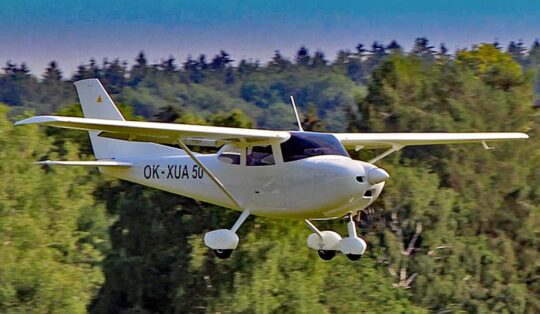 Nearly 100 years ago, the original Orlican company was founded by engineers Beneš and Mráz in 1935. The factory was later nationalized by the government but in the 1990s, a new company — Schempp-Hirth Ltd., a brand well-known and widely respected in Europe for its sleek sailplane gliders — took over the air division of Orlican. Manufacturing of composite Scheme-Hirth gliders is current today.
The Orlican brand was reestablished in the autumn of 2014, with the support of employees and customers of the original company. "It is still in our DNA to carry on this longstanding tradition, to continue what was established many years ago," said Orlican CEO Vaclav Bervid. The new boss expressed reverence for the original Mr. Mráz, who believed, "I searched for my own path that nobody ever walked upon…“ The renewed Orlican company hopes to continue that philosophy.
L600 Eagle is Orlican's entry product into Light-Sport Aircraft. They benefitted when a key engineer departed to bring a similar design to Orlican. How is it different? Let's check the one presently in the USA.
Nearly 100 years ago, the original Orlican company was founded by engineers Beneš and Mráz in 1935. The factory was later nationalized by the government but in the 1990s, a new company — Schempp-Hirth Ltd., a brand well-known and widely respected in Europe for its sleek sailplane gliders — took over the air division of Orlican. Manufacturing of composite Scheme-Hirth gliders is current today.
The Orlican brand was reestablished in the autumn of 2014, with the support of employees and customers of the original company. "It is still in our DNA to carry on this longstanding tradition, to continue what was established many years ago," said Orlican CEO Vaclav Bervid. The new boss expressed reverence for the original Mr. Mráz, who believed, "I searched for my own path that nobody ever walked upon…“ The renewed Orlican company hopes to continue that philosophy.
L600 Eagle is Orlican's entry product into Light-Sport Aircraft. They benefitted when a key engineer departed to bring a similar design to Orlican. How is it different? Let's check the one presently in the USA.
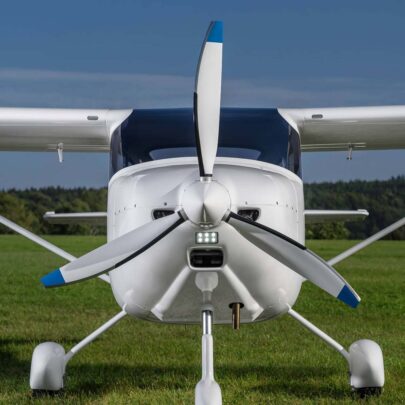 The first Orlican in America (seen in nearby photos with N-numbers) is already in use at
The first Orlican in America (seen in nearby photos with N-numbers) is already in use at 